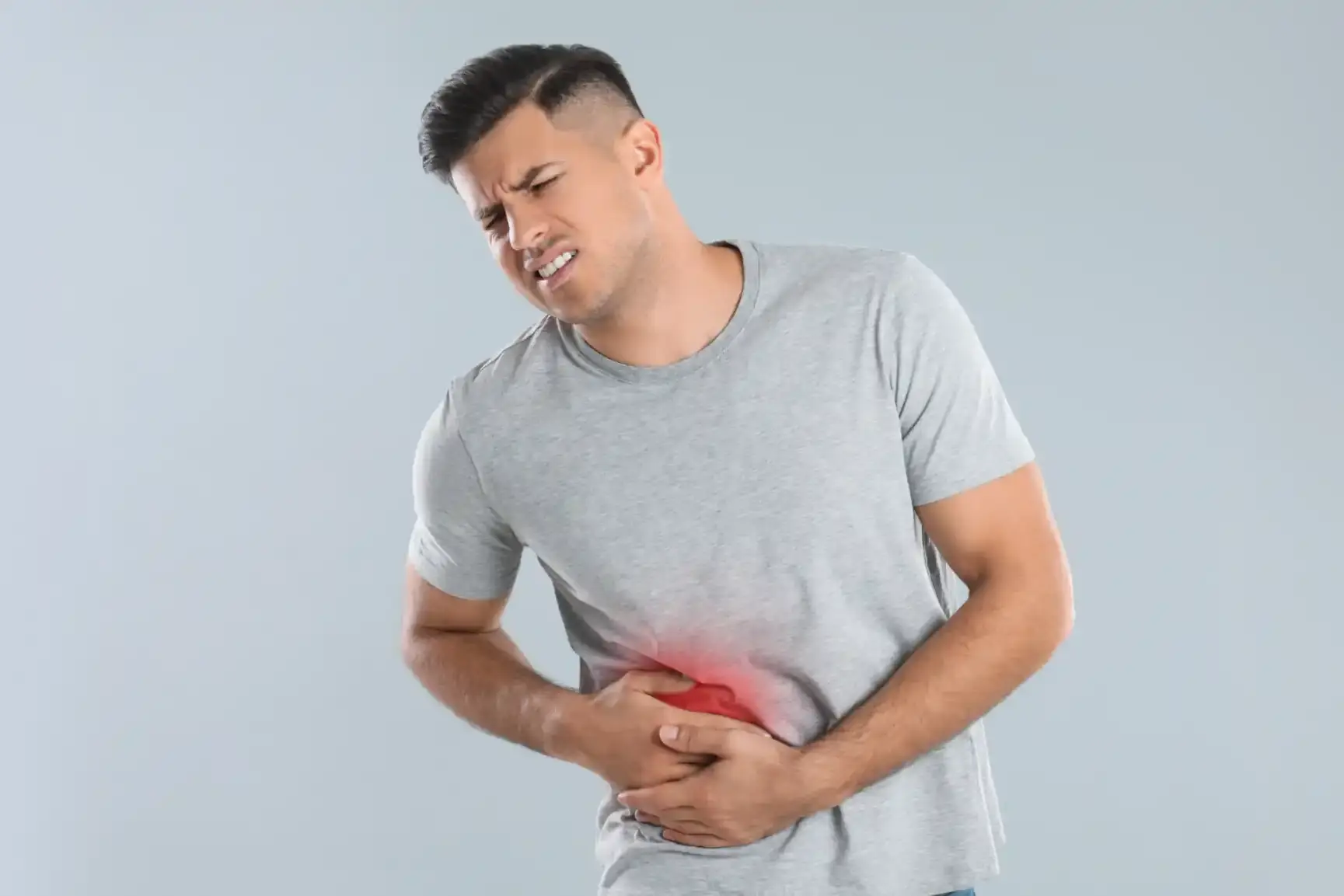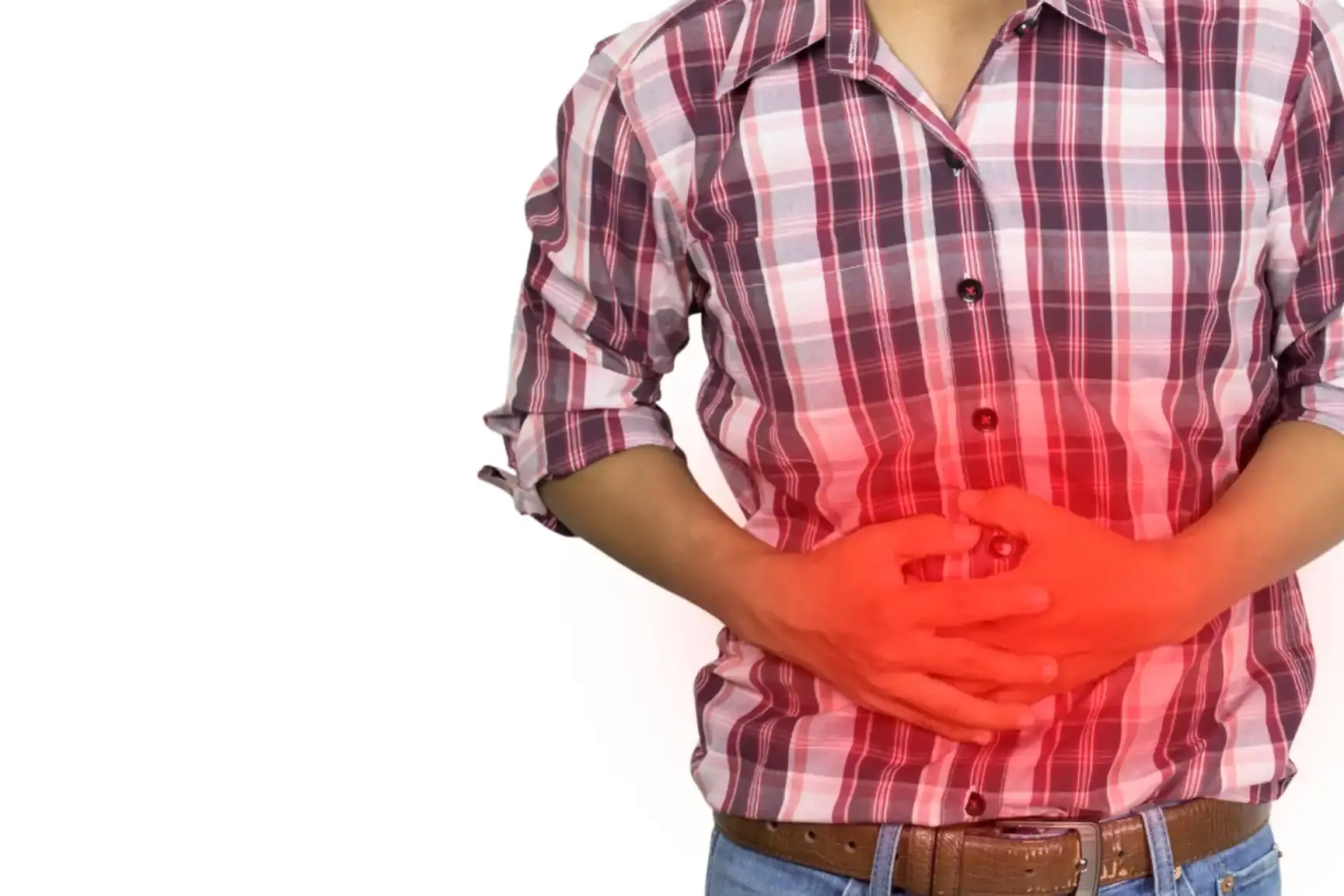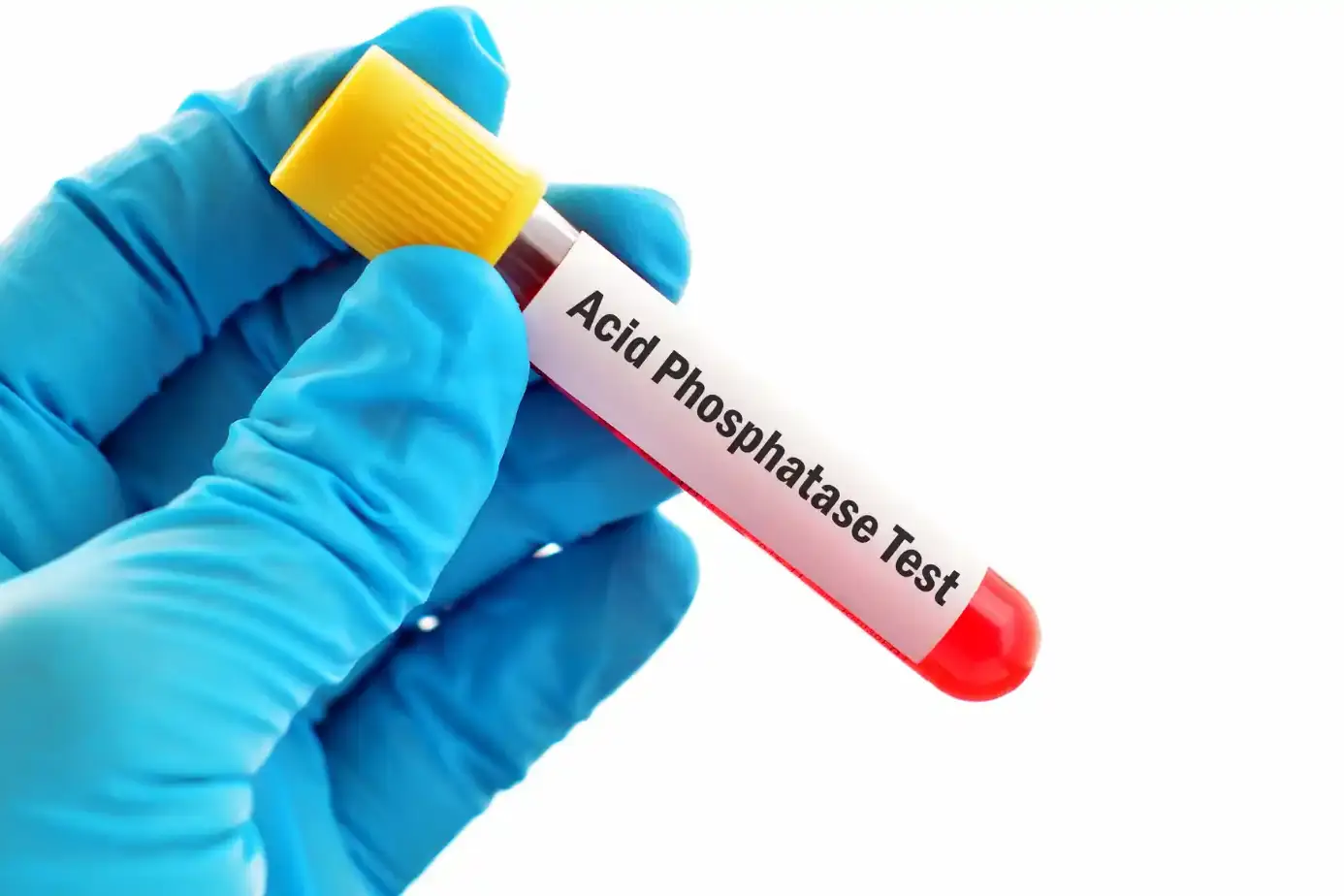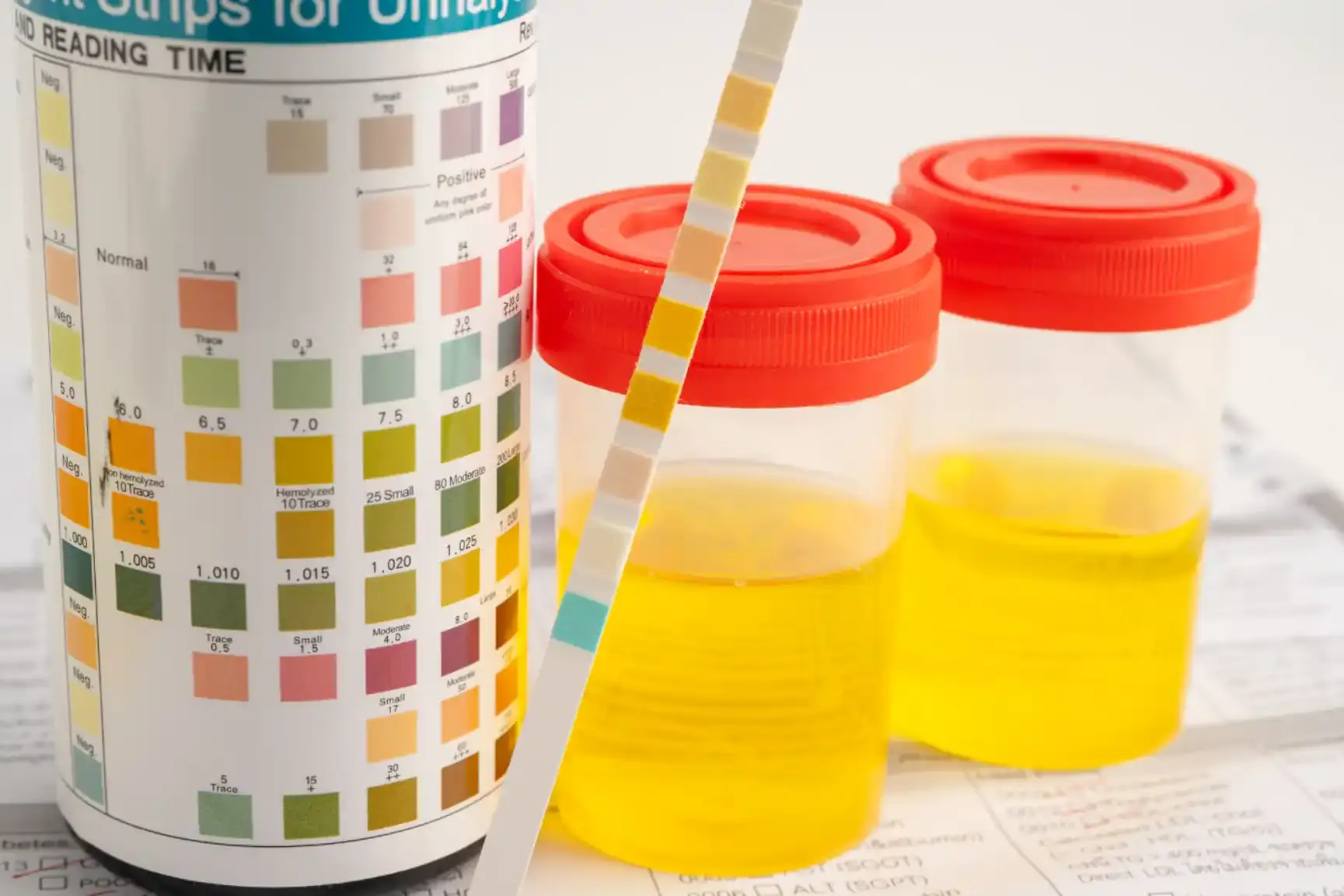The workings of the digestive system explained
The process through which the human body breaks down food into a form that can be absorbed and used as energy is known as digestion. It is from the process of digestion that the human body gets its energy, promotes growth and repairs itself. The unique feature about the digestive system is that it is designed to break down food into nutrients and eliminate waste. Typically, when we talk about the digestive system, people limit it to the stomach and intestines. In reality, however, the organs that comprise the digestive system include the mouth, esophagus, stomach, pancreas, liver, gallbladder, small intestine, large intestine and the anus. Here, we have made a list of the various organs of the digestive system and its workings.
Mouth: The mouth is the starting point of the digestive system. Even before one begins to eat, the smell of the food leads the glands in the mouth to start producing saliva in anticipation of the food one is about to partake. Typically, it is the mouth where the process of digestion begins when one chews and breaks down the food, which gets mixed with saliva for easier digestion. After you swallow, the food passes into the throat.
Throat: After the food travels from the mouth, it enters the stomach via the throat.
Esophagus: It is a muscular tube that connects the throat and stomach. Roughly 25 centimeters in length, the esophagus pushes the food towards the stomach by a series of contractions. At the point where the esophagus and the stomach are joined, is a valve which works to stop the food from coming back upwards.
Stomach: The stomach is a sac-like organ with strong muscular walls and holds not only food but also the powerful acids and enzymes, which further break down the food into a liquid state, making it suitable for entering the small intestine.
Pancreas: While entering the small intestine, the pancreas secretes a digestive juice that has enzymes which help break down the proteins, carbohydrates and fats from the food that we eat.
Liver: The liver makes a digestive juice called bile which helps in digesting fats and vitamins. It also purifies the blood.
Gallbladder: The gallbladder is the organ under the liver and stores the bile which is made in the liver. While having a meal, the gallbladder releases bile to the small intestine. Once all nutrients are absorbed and the broken down mixture is passed through the small intestine, the remains are further passed to the large intestine, also known as the colon.
Small Intestine: After leaving the stomach, the food enters the small intestine, which is a long tube coiled up in the abdomen and is made up of three parts: the duodenum, the jejunum and ileum. It is in the small intestine that nearly 90 percent of digestion and absorption of nutrients takes place.
Colon (Large intestine): The large intestine includes the appendix, cecum, colon, and rectum. The appendix is a finger-shaped pouch attached to the cecum, which is the first part of the large intestine. The colon comes next and the rectum is the end of the large intestine. The waste left over from the digestive process is passed through the colon by contractions and ultimately takes a solid form. The stool is stored in the sigmoid colon till it is emptied into the rectum. Usually, it takes nearly 36 hours for the stool to get through the colon.
Rectum: The rectum connects the large intestine to the anus. When gas or stool comes into the rectum, sensors send a message to the brain, to decide if the rectal waste should be released or not.
Anus: The Anus is the last organ of the digestive system through which the stool comes out during a bowel movement.
About The Author

This article is medically reviewed by Dr. Nivedita Pandey, Senior Gastroenterologist and Hepatologist, ensuring accurate and reliable health information.
Dr. Nivedita Pandey is a U.S.-trained gastroenterologist specializing in pre and post-liver transplant care, as well as managing chronic gastrointestinal disorders. Known for her compassionate and patient-centered approach, Dr. Pandey is dedicated to delivering the highest quality of care to each patient.
→ Book a consultation to discover which remedies suit your needs best.
About Author | Instagram | Linkedin





